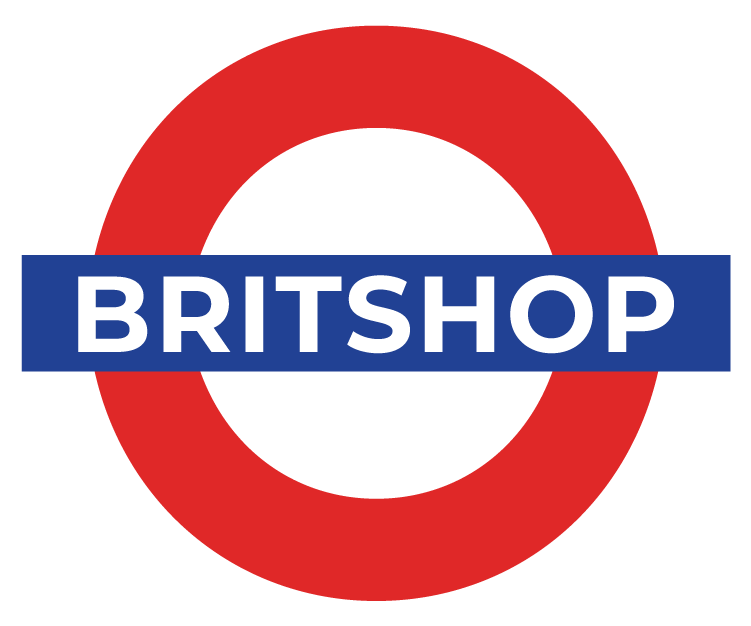Everything You Never Knew About Easter Eggs
As a holiday, Easter is considered the most important day on the Christian calendar. In Christianity, it's a commemoration of the crucifixion of Jesus Christ and a celebration of his resurrection three days later. The earliest recorded observance of an Easter celebration comes from the 2nd century, though the commemoration of Jesus’ resurrection probably occurred earlier. Easter is the most principal festival in Christian tradition since it marks the end of the Lenten season of penitence and fasting.
So what do eggs have to do with a religious holiday? Many of us grew up painting and decorating eggs to celebrate Easter, but the significance of Easter eggs is more complex than one might imagine.
The First Easter Eggs
Historically, eggs represent symbols of rebirth and new life, attributes also frequently associated with spring. As such, different cultures across the world gave each other eggs as gifts at spring festivals as mementos to mark the changing of seasons.
This tradition was observed by early Christians in Mesopotamia who originally dyed eggs different colors in the time after Easter. It was only when the tradition of dying eggs became absorbed by the Orthodox church did the practice start spreading across Western Europe and eventually other parts of the world did decorating eggs in spring become a way of celebrating Easter.
Eggs also maintain a specific significance for Christians during Easter, since historically those observing Lent in memory of Jesus' sacrifice were not allowed to eat eggs. This is why on Shrove Tuesday, also known as Pancake Tuesday leading up to Lent, Christians typically eat pancakes in preparation to abstain from consuming eggs during the next 40 days.
As a result, various legends, further traditions, and superstitions have since come to be associated with "Easter Eggs." For instance, eggs laid on Good Friday were believed to be turned into diamonds if kept untouched for 100 years. Some believe eggs cooked on Good Friday and consumed on Easter Sunday helps prevent sudden death and promote fertility, and it would be equally as wise to have those eggs blessed during the weekend.
In Cornwall and Devon, people used to play games with their eggs on Easter, such as hitting them against each other until one cracked. One of the biggest myths surrounding Easter eggs, however, is that if your egg has two yolks, you will soon become rich.
The Pace Egg
The Easter eggs most commonly known today, whether the ones you decorated growing up or the chocolate ones most of us give and receive on Easter Sunday each year, were first known as "pace eggs." The word "pace" is derived from the Latin word for Easter, "Paschal." Pace eggs were typically boiled duck, hen, or goose eggs whose shells turned colorful as a result of adding spices, onions, or more modernly, food coloring.
The origins of pace eggs date back to Lancashire in the 18th century, where they were given as gifts, perhaps again as a celebration of the end of Lent, or to play games with to celebrate Easter. The most common game was an egg race in which pace eggs were rolled along the ground, and whoever's egg was fastest was the winner. Annual egg races still take place today, notably in Preston, England and at the White House in Washington DC.
Another tradition associated with pace eggs is pace egg plays, in which people who had been gifted eggs as Easter gifts from villagers would perform a play for all to see. The pace egg play is usually a story of hero vs. villain. The origin date of the pace egg play, also known as pace egging, is unknown, but it was considered in decline as a tradition by 1842. However, in the twentieth century as well as recent decades, the pace egg play has been revived in areas such as Lancashire and West Yorkshire.
The Journey From Religious Symbol to Chocolaty Treat
The first chocolate Easter eggs were made in Europe in the 19th century, in both France and Germany. John Cadbury had released his first "French-eating chocolate" in 1842, but it wouldn't be until 1875 that they would first release a chocolate Easter egg.
The first English chocolate Easter egg is believed to have originated in the UK, released by Fry's in 1873. By 1893, both companies had various offerings of Easter chocolates, including 19 different Cadbury lines alone.
According to the UK's Chocolate Trading Company, it was the 1905 launch of the famous Cadbury's Dairy Milk Chocolate that made a considerable contribution to the Easter egg market. This helped establish chocolate Easter eggs as predominantly milk chocolate, as well as seasonal bestsellers. Here at BritShop, we can attest to that!
Shop our Easter collection, including Cadbury eggs and beyond.

Sources:
• Easter - Encyclopedia Britannica
• "Why Do We Have Easter Eggs?" - English Heritage
• "History of Chocolate Easter Eggs" - Chocolate Trading Co

